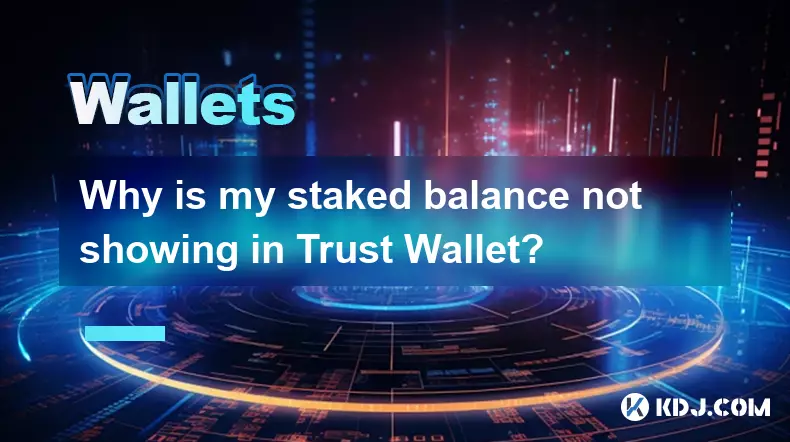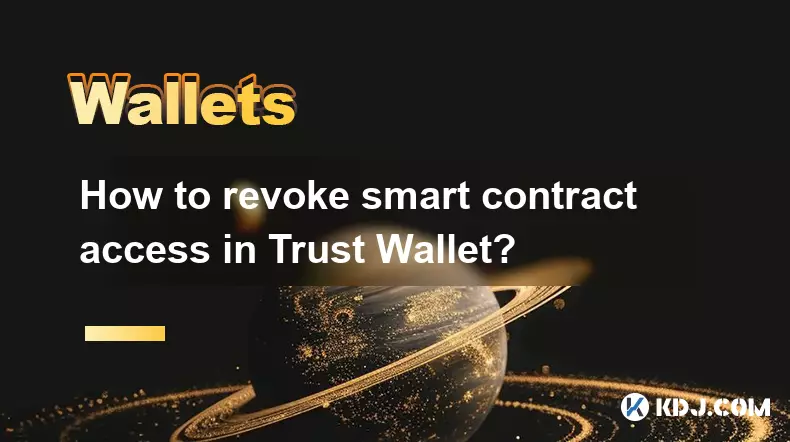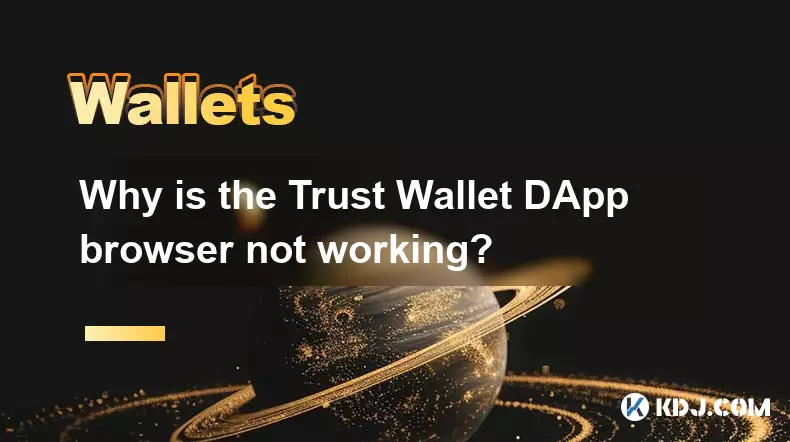-
 bitcoin
bitcoin $118548.520763 USD
3.67% -
 ethereum
ethereum $4352.564943 USD
4.79% -
 xrp
xrp $2.964058 USD
4.22% -
 tether
tether $1.000565 USD
0.05% -
 bnb
bnb $1028.372955 USD
1.46% -
 solana
solana $221.373507 USD
6.00% -
 usd-coin
usd-coin $0.999933 USD
0.02% -
 dogecoin
dogecoin $0.248633 USD
6.85% -
 tron
tron $0.341444 USD
2.38% -
 cardano
cardano $0.852946 USD
5.82% -
 hyperliquid
hyperliquid $47.869306 USD
6.15% -
 chainlink
chainlink $22.561476 USD
6.01% -
 ethena-usde
ethena-usde $1.001258 USD
0.05% -
 avalanche
avalanche $30.660000 USD
2.06% -
 stellar
stellar $0.400917 USD
9.76%
How do I protect my Phantom wallet from phishing attacks?
Always verify dApp URLs, never share your seed phrase, and review transaction details carefully to protect your Phantom wallet from phishing attacks.
Oct 02, 2025 at 12:18 pm

Understanding Phishing Attacks in the Solana Ecosystem
1. Phishing attacks are deceptive attempts by malicious actors to obtain sensitive information such as private keys or seed phrases by masquerading as trustworthy entities. In the context of Phantom wallet, which operates primarily on the Solana blockchain, users often encounter fake websites, fraudulent browser extensions, or misleading pop-ups that mimic legitimate platforms. These replicas are designed to steal login credentials or trick users into signing harmful transactions.
2. One common method involves cloned versions of popular decentralized applications (dApps) like Raydium or Jupiter. Attackers replicate the interface and URL structure of these sites with slight variations, such as using 'raydiumm.io' instead of 'raydium.io'. Unsuspecting users who connect their Phantom wallets to these counterfeit dApps may unknowingly approve token transfers or grant excessive permissions.
3. Another vector includes social engineering through direct messages on Discord or Telegram. Scammers pose as support staff or project team members, urging users to 'verify' their wallets by connecting them to a provided link. Once connected, attackers can execute unauthorized transactions if the user approves them without scrutiny.
4. Email campaigns impersonating official Solana or Phantom communications also pose a threat. These emails often contain links to fake wallet update portals where users are prompted to re-enter their seed phrases under the guise of “security upgrades” or “wallet recovery.” Genuine services will never ask for a user’s recovery phrase.
Securing Your Phantom Wallet Against Fraudulent Access
1. Always download the Phantom wallet extension from the official website—phantom.app—and verify the publisher in your browser’s extension store. Counterfeit extensions exist on Chrome Web Store and other marketplaces, so confirming the developer name and user reviews is essential before installation.
2. Enable two-factor authentication wherever possible when interacting with linked services. While Phantom itself does not support 2FA directly, associated exchanges or custodial platforms used alongside it might. This adds an extra verification step that reduces the risk of account takeover even if credentials are compromised.
3. Regularly review connected apps within your Phantom wallet settings. Disconnect any dApp that you no longer use or do not recognize. Connected dApps retain certain permissions until manually revoked, making them potential attack vectors if one becomes compromised.
4. Use hardware wallets in conjunction with Phantom when available. Ledger devices support integration with Phantom, allowing private keys to remain offline while still enabling interaction with Solana-based applications. This significantly reduces exposure to malware or phishing scripts attempting to extract key material.
Recognizing and Avoiding Deceptive Transactions
1. When prompted to sign a transaction, carefully inspect all details displayed in the Phantom popup. Look for unexpected token transfers, high fee deductions, or approvals granting unlimited token spending to unknown addresses. A legitimate transaction should clearly reflect the action you intended to perform.
2. Be cautious of urgent language or time-sensitive offers presented during dApp interactions. Scammers often create artificial pressure to prevent careful review. Take time to verify contract addresses and transaction outcomes before confirming.
3. Bookmark frequently used dApps and access them only through saved links. Typing URLs manually increases the chance of visiting spoofed domains. Verified bookmarks reduce reliance on search engines, which can surface malicious lookalike sites.
4. Install browser security tools such as MetaMask’s domain warning system or third-party anti-phishing extensions that flag known scam domains. Although Phantom lacks built-in phishing detection, external tools can provide an additional layer of defense.
Frequently Asked Questions
What should I do if I accidentally connected my Phantom wallet to a phishing site?Immediately disconnect the suspicious dApp from your wallet’s settings. Check for any unauthorized transactions and revoke token allowances using Phantom’s token approval management feature. Consider transferring funds to a new wallet if there’s evidence of compromise.
Can a phishing attack drain my wallet without my approval?Not directly. Phantom requires explicit user confirmation for every transaction. However, attackers can craft transactions that appear harmless but actually authorize unlimited spending on tokens. Always read what you're signing.
How can I verify a dApp’s authenticity before connecting?Check the official project’s Discord or Twitter for verified links. Look for audit reports from reputable firms and community feedback. Legitimate projects often pin their correct URLs in announcement channels.
Is it safe to enter my seed phrase into any site that claims to be Phantom?No. Never enter your seed phrase anywhere outside the official Phantom setup process during initial creation or import on the genuine app. Any request for your recovery phrase is a red flag.
Disclaimer:info@kdj.com
The information provided is not trading advice. kdj.com does not assume any responsibility for any investments made based on the information provided in this article. Cryptocurrencies are highly volatile and it is highly recommended that you invest with caution after thorough research!
If you believe that the content used on this website infringes your copyright, please contact us immediately (info@kdj.com) and we will delete it promptly.
- BlockDAG, DOGE, HYPE Sponsorship: Crypto Trends Shaping 2025
- 2025-10-01 00:25:13
- Deutsche Börse and Circle: A StableCoin Adoption Powerhouse in Europe
- 2025-10-01 00:25:13
- BlockDAG's Presale Buzz: Is It the Crypto to Watch in October 2025?
- 2025-10-01 00:30:13
- Bitcoin, Crypto, and IQ: When Genius Meets Digital Gold?
- 2025-10-01 00:30:13
- Stablecoins, American Innovation, and Wallet Tokens: The Next Frontier
- 2025-10-01 00:35:12
- NBU, Coins, and Crypto in Ukraine: A New Yorker's Take
- 2025-10-01 00:45:14
Related knowledge

How to get the Trust Wallet browser extension?
Oct 01,2025 at 12:37am
How to Access the Trust Wallet Browser Extension1. Visit the official Trust Wallet website through a secure internet connection. Navigate to the downl...

How to interact with a DApp using Trust Wallet?
Oct 02,2025 at 10:00pm
Connecting Trust Wallet to a DApp1. Open the Trust Wallet app on your mobile device and ensure your wallet is unlocked with access to your assets. Nav...

How to scan a QR code with Trust Wallet?
Oct 02,2025 at 03:37pm
Understanding QR Codes in Trust Wallet1. QR codes are widely used in cryptocurrency applications to simplify transaction processes. Trust Wallet lever...

Why is my staked balance not showing in Trust Wallet?
Oct 01,2025 at 12:54am
Understanding Decentralized Exchanges in the Crypto Ecosystem1. Decentralized exchanges (DEXs) operate without a central authority, allowing users to ...

How to revoke smart contract access in Trust Wallet?
Oct 01,2025 at 12:54pm
Understanding Smart Contract Access in Trust Wallet1. Smart contracts are self-executing agreements built on blockchain networks, commonly used in dec...

Why is the Trust Wallet DApp browser not working?
Oct 01,2025 at 05:36am
Common Causes of Trust Wallet DApp Browser Issues1. The DApp browser within Trust Wallet may fail to load due to connectivity problems. A weak or unst...

How to get the Trust Wallet browser extension?
Oct 01,2025 at 12:37am
How to Access the Trust Wallet Browser Extension1. Visit the official Trust Wallet website through a secure internet connection. Navigate to the downl...

How to interact with a DApp using Trust Wallet?
Oct 02,2025 at 10:00pm
Connecting Trust Wallet to a DApp1. Open the Trust Wallet app on your mobile device and ensure your wallet is unlocked with access to your assets. Nav...

How to scan a QR code with Trust Wallet?
Oct 02,2025 at 03:37pm
Understanding QR Codes in Trust Wallet1. QR codes are widely used in cryptocurrency applications to simplify transaction processes. Trust Wallet lever...

Why is my staked balance not showing in Trust Wallet?
Oct 01,2025 at 12:54am
Understanding Decentralized Exchanges in the Crypto Ecosystem1. Decentralized exchanges (DEXs) operate without a central authority, allowing users to ...

How to revoke smart contract access in Trust Wallet?
Oct 01,2025 at 12:54pm
Understanding Smart Contract Access in Trust Wallet1. Smart contracts are self-executing agreements built on blockchain networks, commonly used in dec...

Why is the Trust Wallet DApp browser not working?
Oct 01,2025 at 05:36am
Common Causes of Trust Wallet DApp Browser Issues1. The DApp browser within Trust Wallet may fail to load due to connectivity problems. A weak or unst...
See all articles










































































